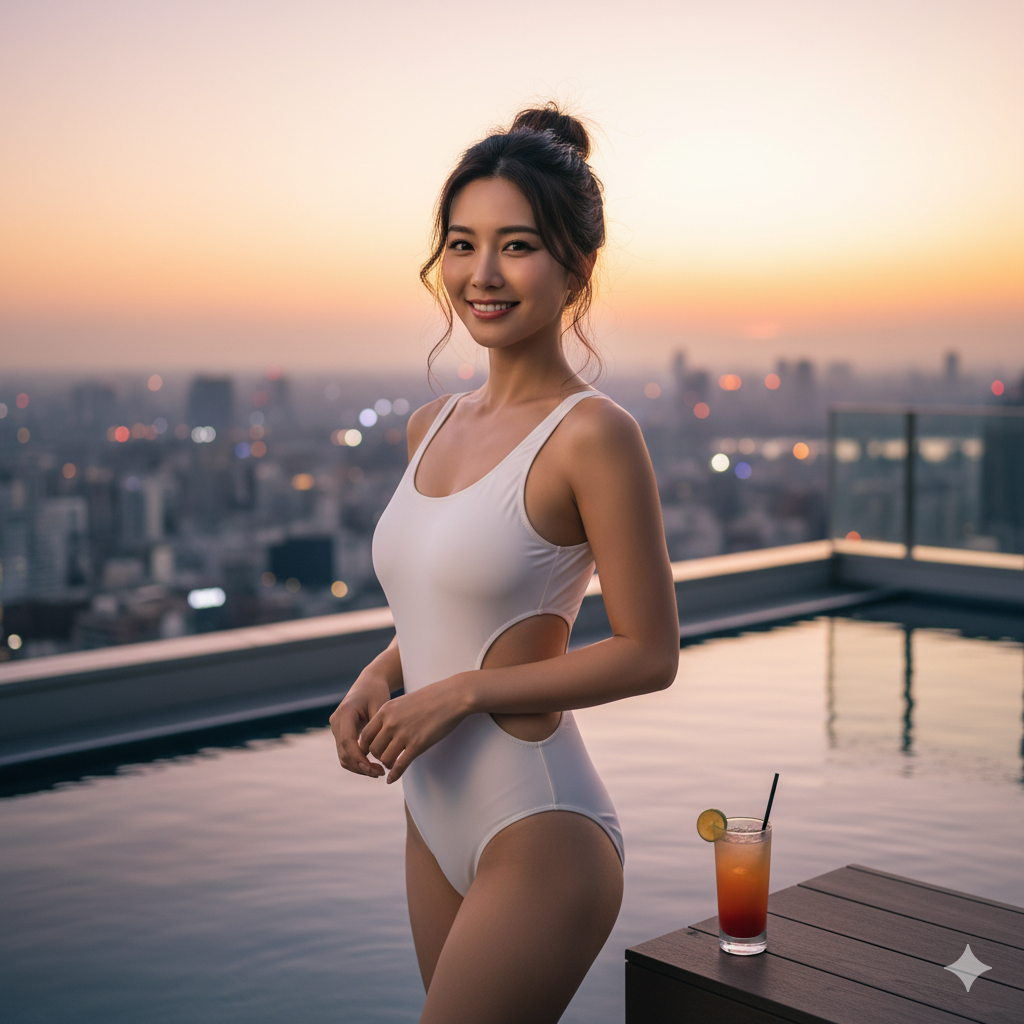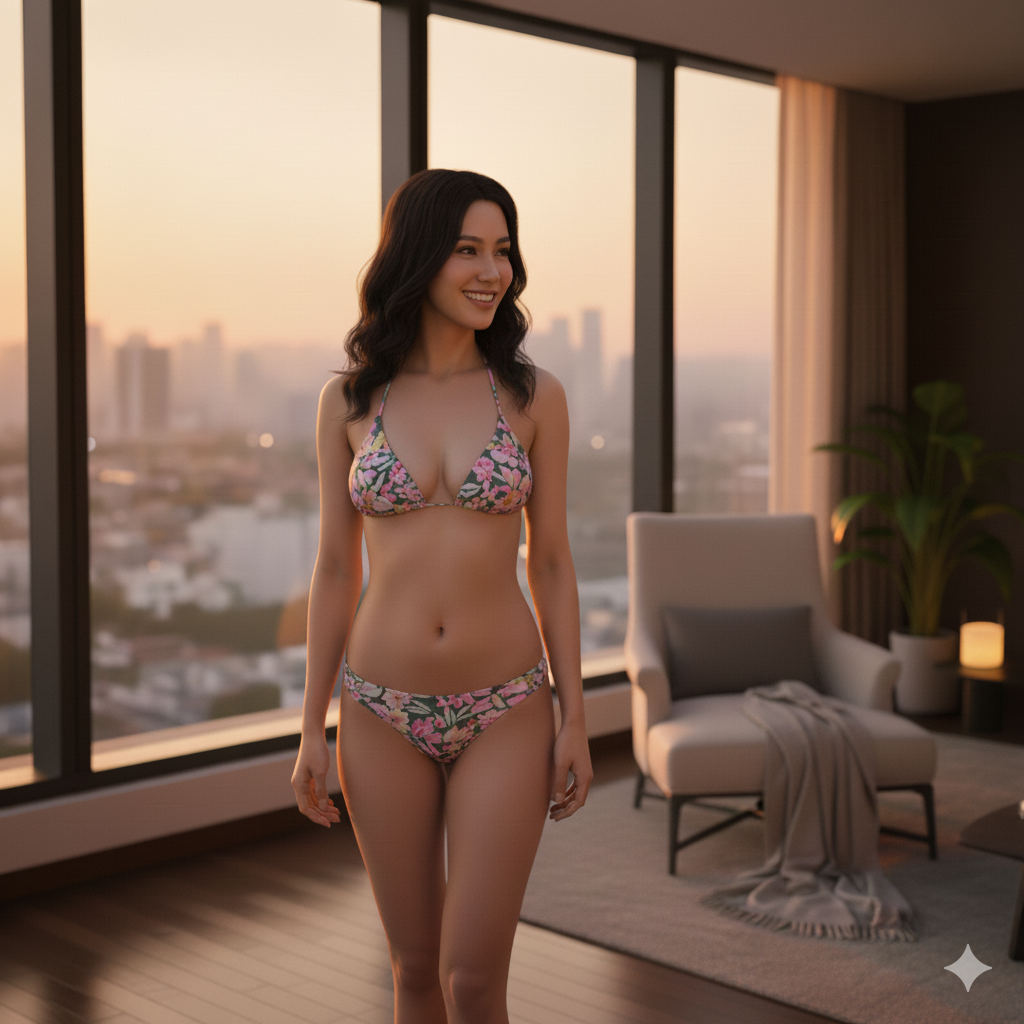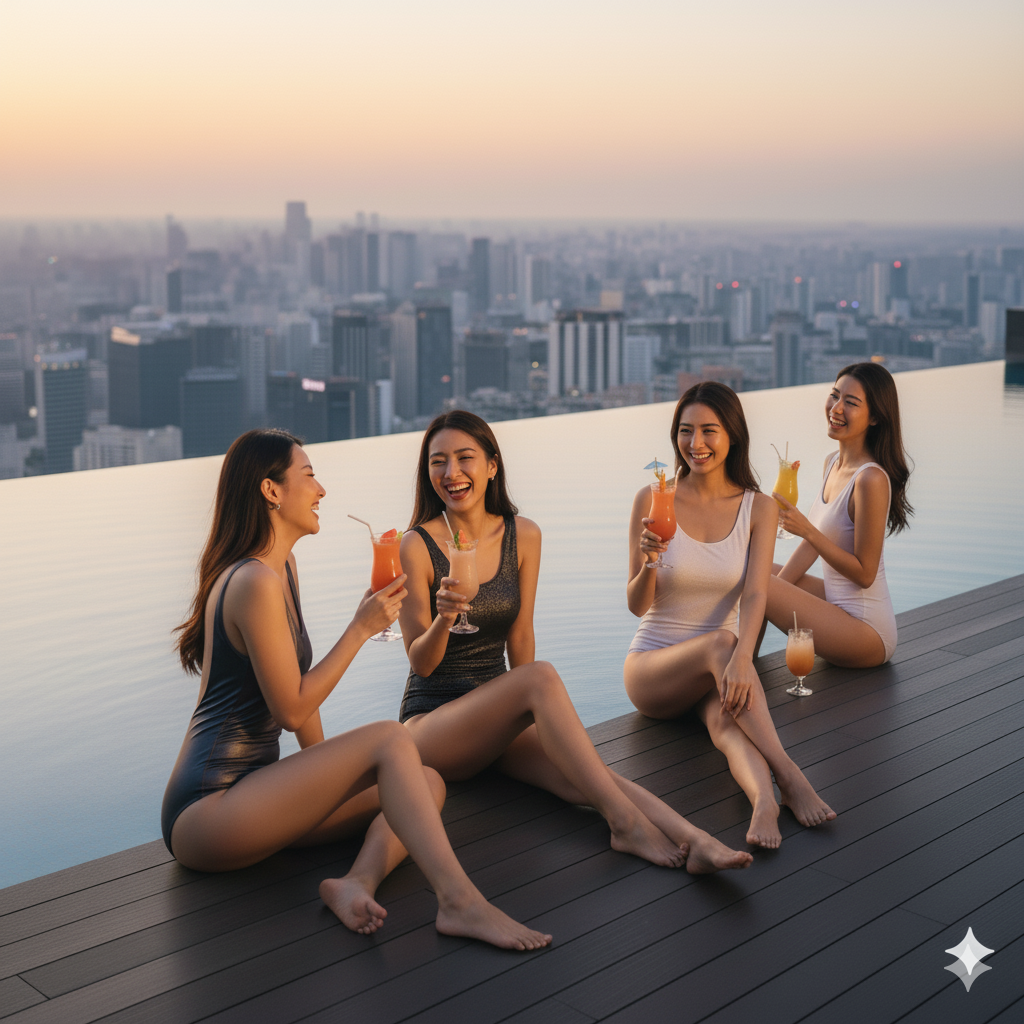Soaplands in contemporary Tokyo are urban, institutionalized spaces of choreographed intimacy: bright reception areas funnel guests into private, bath-equipped rooms; encounters follow a standard flow (greeting → bathing → close-contact service) with clear time/fee rules. The clientele skews 20s–50s locals and visitors; language availability varies, but multilingual signage and shuttle pickups are common in Yoshiwara, which is the capital of this culture in Tokyo’s night. As urban nightspace, these venues operate at the intersection of routine, performance, and regulated proximity—more “managed contact” than improvisation.
Contents
1. Overview: what counts as “cheap” and where to start?
2. Top Areas & Access: how do you get there for less?
3. Prices, Time & Eligibility: what will you actually pay?
4. Venue Types & Services: how do formats differ?
5. Reservations, Etiquette & Useful Phrases: how to book and behave
1. Overview: what counts as “cheap” in Tokyo’s soaplands?

1-1 Area overview
In Tokyo proper, the primary soapland district is Yoshiwara (Taitō-ku). It concentrates dozens of venues, which increases price competition and keeps transport cheap. The local association’s page confirms access via Asakusa or Minami-Senju, a historical gateway into the quarter—so you plan toward these nodes first, then transfer or shuttle. Conclusion: start in Yoshiwara to minimize spend → main gateways are Asakusa/Senju; see Yoshiwara Association “Access” (JP).
1-2 What makes a visit “budget”?
Three levers matter: (1) session length (shorter costs less per visit), (2) timing & promos (shops run targeted discounts), and (3) approach logistics (free shuttles or short taxi rides). For instance, a mainstream shop like TinkerBell lists standard prices—70 min ¥29,000 / 90 min ¥35,000 / 120 min ¥44,000—and also publicizes campaign cuts (e.g., 90 min ¥28,000) on its official page. Conclusion: watch the shop’s own “Price” or “Event/News” → numbers: see TinkerBell “Price” (JP).
1-3 Typical session flow (institutionalized contact)
Arrival → reception (rules/payment) → escort to private room → bathing (shared, choreographed) → main service (close contact in a fixed time block) → tidy up → checkout. Time is strictly clocked; promotions never change the core sequence. Conclusion: know the house timing and pay structure before entering → times/fees displayed on each official page; examples include TinkerBell (JP) and Academy “System” (JP).
2. Top Areas & Access: how do you get there for less?

2-1 Rail nodes and exits
For Yoshiwara, the closest subway is Hibiya Line Minowa (H20), with official station info and exit map provided by Tokyo Metro. Conclusion: route to Minowa/Iriya then walk or shuttle → station pages: Tokyo Metro Minowa (JP), Tokyo Metro Iriya Map (JP).
2-2 Association & shop access pages
The local association recommends Asakusa or Minami-Senju as entry points. Many shops post detailed pickup spots: e.g., TinkerBell lists shuttle meeting points at Iriya Exit 2 (Doutor corner), Minowa Exit 3 (FamilyMart), Ueno (North Exit ATM), etc.; hours 06:00–24:00. Conclusion: use listed pickup points to avoid last-mile taxis → see Yoshiwara Association (JP) and TinkerBell “Access” (JP).
2-3 Taxi cost benchmarks (very short hops)
One shop publishes taxi benchmarks: from Minowa ~¥600–¥700, Iriya ~¥700–¥800, Ueno/Asakusa ~¥900–¥1,000, Nippori ~¥1,000–¥1,100. Conclusion: budget ¥700–¥1,100 each way if you skip the shuttle → data from TOKYO BUNNYS CLUB “System” (JP).
Table 2: Access & Hours
| Station | Walk Time | Hours (sample venue) | Area (JP Link) |
|---|---|---|---|
| Minowa (Hibiya Line H20) | ~10–17 min (shops vary) | TinkerBell: 06:00–24:00 | Tokyo Metro Minowa (JP) |
| Iriya (Hibiya Line H19) | ~15–20 min (shuttle advised) | Academy: 08:30–24:00 (phone from 08:00) | Tokyo Metro Iriya Map (JP) |
| Nippori (JR/Keisei) | Shuttle pickup (some venues) | Academy pickup; parking subsidy 120 min | Academy “Access” (JP) |
Conclusion → Numbers → Sources: Yoshiwara hub; walks ~10–20 min; hours examples 06:00–24:00 / 08:30–24:00; shuttles & pickup spots per each official page. See TinkerBell Access, Academy Access, Yoshiwara Association.
3. Prices, Time & Eligibility: what will you actually pay?

3-1 Decoding price language (総額 vs 入浴料)
Many official pages post total prices; others (often group flagships) display only the bath fee (入浴料) and explain that the total includes a separate service fee payable in-room. Conclusion: if you see only 入浴料, call to confirm 総額 before you go → example policy spelled out at Academy “System” (JP).
3-2 Concrete, official numbers (budget bands)
Standard example (total listed): TinkerBell shows 70m ¥29,000 / 90m ¥35,000 / 120m ¥44,000; they also advertise campaign cuts such as 90m ¥28,000. Conclusion: 70–90 minutes at ~¥29k–35k is normal in this band → source TinkerBell “Price” (JP).
入浴料-only example: Academy posts 110m 入浴料 ¥16,500 (plus separate service component), with reservations windows (today 08:00 phone, day-before 14:00 phone). Conclusion: very low posted base fee, total confirmed by phone → source Academy “System” (JP).
Access-published taxi benchmarks (to frame transport cost): TOKYO BUNNYS CLUB lists short-hop fares of ¥600–¥1,100 from nearby stations; hours 11:00–24:00. Conclusion: add ~¥700–¥1,100 each way if you taxi → source TOKYO BUNNYS CLUB “System” (JP).
3-3 Who is eligible & what is checked?
Eligibility rules are posted per venue; common patterns include sobriety, safety, and rule compliance. Some venues require reservations, and many define clear do/don’t lists (recording bans, harassment prohibitions) and will decline service when house rules aren’t met. Conclusion: read each shop’s “Cautions/Notice” page in advance → example house rules at TinkerBell (JP) (see “Cautions”) and reservation/eligibility window detail at Academy (JP).
Table 1: Venue Types & Base Fees
| Venue Type | Typical Fee | Session Time | Area (JP Link) |
|---|---|---|---|
| Mainstream (campaign-active) | ¥29,000 / ¥35,000 (promo ¥28,000 at times) | 70–90 min | TinkerBell (JP) |
| Standard (入浴料のみ表記) | ¥16,500 入浴料(総額は要確認) | 110 min (example) | Academy (JP) |
| High-concept (multi-language) | ¥33,000 入浴料 (120 min) | 120 min (base) | TOKYO BUNNYS CLUB (JP) |
Conclusion → Numbers → Sources: budget axis is 60–90 min around ¥17k–¥35k depending on whether the page lists 総額 or 入浴料のみ. Confirm totals by phone/web. Sources above are official shop pages.
4. Venue Types & Services: how do formats differ?

4-1 Standard lounges vs. concept shops
Standard houses emphasize predictable timing and queues; concept houses layer branding (uniforms, roleplay, or special course names). Both follow the bath→service sequence and publish clear rules. Conclusion: choose “standard” when chasing price and ease → examples of transparent pages: TinkerBell (JP), Academy (JP).
4-2 The room as stage (ethnographic note)
Lighting is bright but warm; mirrors and a large bath frame proximity as “care” before contact. The bath is a ritual cleanser and a signal of consent within house rules. Time safety is enforced by reception, not the room—hence the importance of the front-desk clock. Conclusion: budget is time-management; buy the time you need and no more.
4-3 Transport as part of the experience
Shuttles are common; official pages list precise meeting points (e.g., Iriya Exit 2, Minowa Exit 3). This keeps last-mile cost low. Conclusion: use shuttles first, taxi only if needed (~¥600–¥1,100 from nearby hubs) → see TinkerBell Access and Bunnys “System”.
5. Reservations, Etiquette & Useful Phrases

5-1 How to book (official patterns)
Example—TinkerBell: same-day: phone only; tomorrow+: phone or web; they post prices and live campaigns. Conclusion: respect channel rules to secure promo rates → TinkerBell “Price/Reserve” (JP).
Example—Academy: windows set to today 08:00 phone / day-before 14:00 phone; clearly lists 入浴料 and notes separate service component. Conclusion: call to confirm totals and pickup details → Academy “System” (JP).
5-2 Etiquette basics (institutionalized courtesy)
Official cautions emphasize: no filming/recording, no harassment, no over-time coercion, and follow staff guidance. Many pages post extensive “禁止事項 (prohibited acts)” and may refuse service when rules aren’t met. Conclusion: read the rule block before booking; it protects both guest and staff → see “Cautions” on TinkerBell (JP).
5-3 Useful phrases (plain & polite)
- 「予約した○○です。◯時のコースでお願いします。」— “I’m ○○ with a reservation for ○ o’clock.”
- 「送迎の待ち合わせはどこですか?」— “Where is the shuttle meeting point?”
- 「総額はいくらになりますか?」— “What will be the total price?”
- 「延長は可能ですか? 料金はいくらですか?」— “Is an extension possible? How much?”
- 「英語での案内はありますか?」— “Do you have guidance in English?”
Table 3: Reservation & Eligibility
| Method | Lead Time | Eligibility | Official (JP Link) |
|---|---|---|---|
| Phone / Web (shop rules) | Same-day by phone; D-1 Web/Phone | Follow house cautions (no filming/harassment; punctual) | TinkerBell (JP) |
| Phone (windows) | 08:00 same-day / 14:00 day-before | 入浴料表記→総額は電話確認 | Academy (JP) |
| Walk+Taxi/Shuttle logistics | Taxi ¥600–¥1,100 from nearby hubs | Shuttle meeting points published by shops | Bunnys “System” (JP) |
Conclusion → Numbers → Sources: respect each shop’s window (e.g., 08:00/14:00), confirm total if 入浴料 only, and use shuttles/taxi benchmarks ¥600–¥1,100 as a ceiling. See linked official pages.
5-4 Saving strategies (legal & safe)
- Pick the band, not the brand. Choose “standard” houses that publish prices clearly. TinkerBell’s public table and frequent campaigns exemplify this (official).
- Book inside the window. If you call exactly at 08:00/14:00 (Academy model) you secure prime shuttle slots and avoid idle taxi loops (official).
- Control the last mile. Start at Minowa/Iriya and follow the shop’s shuttle map to keep transit cost near zero; failing that, cap taxis at ~¥1,100 (official / official).
6. Summary and Next Steps
Internal reading on SoapEmpire:
- Yoshiwara Soapland Guide
- Tokyo Red-Light District (Area 101)
- How to Book: Phone vs Web
- SoapEmpire (official)
- Contact SoapEmpire
SoapEmpire recommendation:
Travelers often tell us they feel torn between curiosity and caution. They want the cultural texture of Yoshiwara, but they also want a plan that won’t waste money or time. The baseline problem is information asymmetry: some venues post total prices, others post only entry fees; reservation windows differ; and last-mile logistics can quietly add thousands of yen. That’s exactly where a calm, checklist-driven approach pays off.
Here’s the solution we use for readers searching for cheap soapland tokyo: first, set your time band before you browse—60 to 90 minutes is the smart budget zone for most visitors. Second, pick two or three candidate venues with clear official pages: one that lists total prices (like TinkerBell’s “Price”) and one that lists entry fees only (like Academy’s “System”) so you learn both page styles. Third, map your approach to Minowa or Iriya on the Hibiya Line, and decide whether you’ll use the shop shuttle or a short taxi hop; this keeps your transport cost predictable. Finally, schedule your reservation call exactly at the published opening time (many houses use 08:00 for same-day and 14:00 for day-before) and confirm the total in the same call if the page shows only 入浴料.
SoapEmpire’s strength is turning those moving parts into a smooth night. We track official postings across sub-keywords like cheap soapland tokyo and keep a live note on pickup points, campaign language, and reservation etiquette. That saves you two things you can’t buy back: money and mental bandwidth. Instead of scrolling aggregator rumors, you arrive with a firm number, a meeting point, and the right phrase to say at reception. In short, you keep the ethnographic fun—the lights, the bath ritual, the careful choreography of contact—without losing control of your budget.
If you want us to do the legwork, SoapEmpire offers 24-hour booking support for a flat $10. We will (1) call within the exact reservation window, (2) confirm the total and pickup, and (3) text you a simple “go” checklist. Your night stays safe, legal, and sensibly priced.
For reservations or inquiries, please contact us via the inquiry form.
FAQ (practical)
Q1. What’s a realistic budget for a first visit?
A1. For a standard 60–90 minutes, plan ¥17,000–¥35,000 plus small transit (~¥700–¥1,100 each way if taxi). Source examples: TinkerBell (JP), taxi benchmarks at Bunnys (JP).
Q2. How do I actually book?
A2. Follow each shop’s window. Commonly: same-day by phone, and tomorrow+ by phone/web. Example pages: TinkerBell (JP), Academy (JP).
Q3. Do shops accept English?
A3. Some do (multi-language sites exist), others are Japanese-only. Prepare simple phrases (see above) and use shuttles to avoid complex directions. Example multi-language page: Bunnys (JP).
Q4. Best time of day to save?
A4. Late morning to afternoon often sees lighter demand; some campaigns apply off-peak. Watch each shop’s “Event/News” block—e.g., TinkerBell periodically posts time-boxed discounts like 90m ¥28,000 (official).
If you’re interested in visiting any of these places, SoapEmpire offers a 24-hour booking support service for only $10.
Just send the store name, preferred time, and your name (nickname is fine) to:
artistatakuma@icloud.com.
We’ll take care of your reservation quickly and smoothly.
